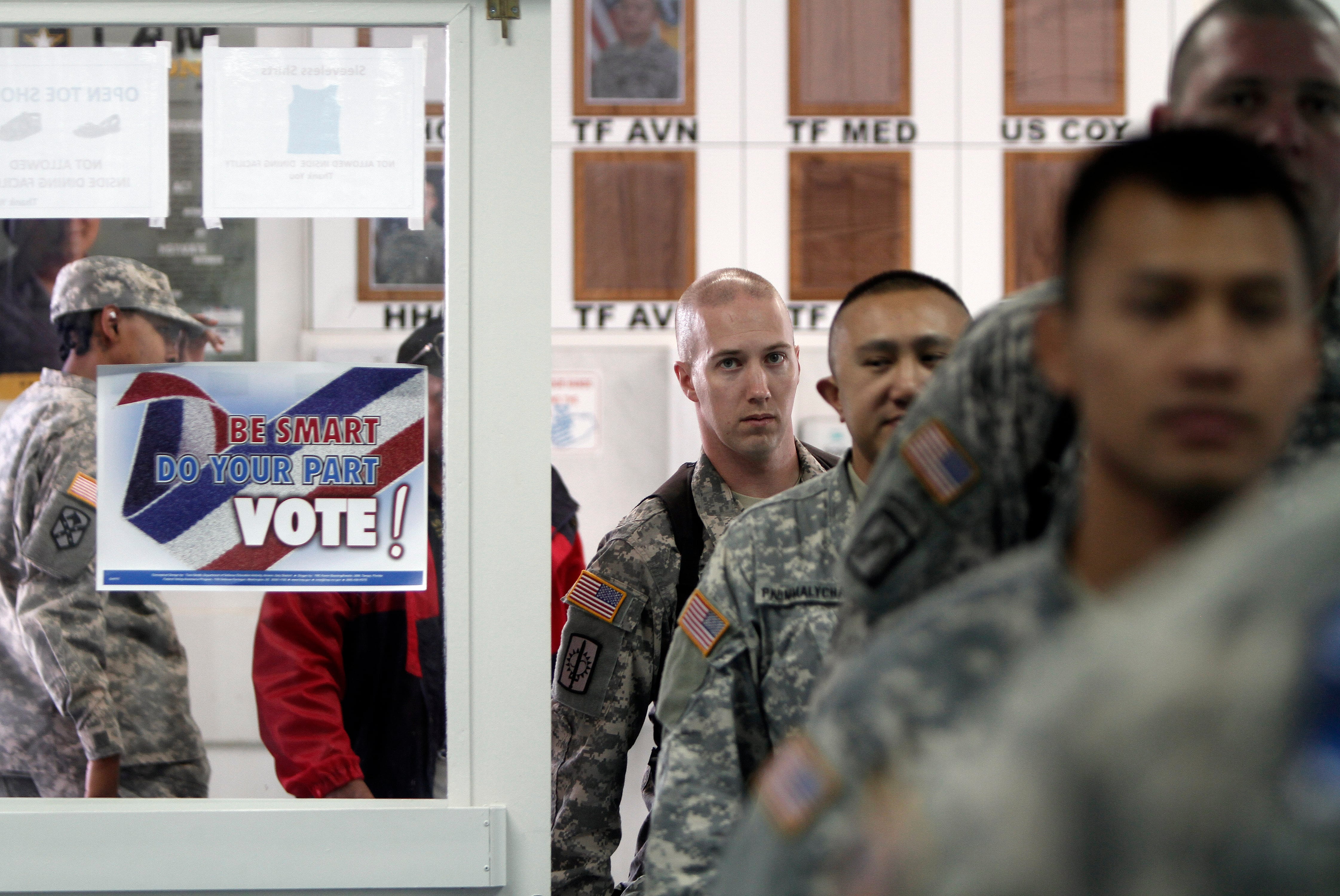While Marines are quick to joke about the medical advice they get from Navy corpsmen to hydrate, take ibuprofen and change their your socks, the effort can go a long way in preventing . But a One third of the Ccorpsman's trifecta focuses on Marines' feet because foot rot, which can drop a ground-pounder from the fight for weeks.
That's why the Marine Corps is working with a Maine-based technology and manufacturing company to develop boot inserts that mitigate odor and foot infections by drying soaked boots in hours.
technology and manufacturing company to develop boot inserts that mitigate odor and foot infections by drying soaked boots in hours.
The inserts already underwent testing last summer and early f Fall at the Marine Corps' Jungle Warfare Training Center in Okinawa, Japan
at the Marine Corps' Jungle Warfare Training Center in Okinawa, Japan , and could be delivered for use as early as this summer.
, and could be delivered for use as early as this summer.
Biovation II, based in Maine Boothbay,
based in Maine Boothbay, plans to will begin producing the inserts on a commercial scale in June.
plans to will begin producing the inserts on a commercial scale in June. It's as the culmination of a research and development partnership with the Marine Corps, which is searching for lightweight, quick-drying uniforms items suitable for the tropical climes, like of a post-Afghanistan operating environment focusing in large part on the Asia-Pacific region.
It's as the culmination of a research and development partnership with the Marine Corps, which is searching for lightweight, quick-drying uniforms items suitable for the tropical climes, like of a post-Afghanistan operating environment focusing in large part on the Asia-Pacific region.
Called DryRight, Marines will place the new inserts into their boots when they're not in use for . hile resting to dry footwear in six to eight
Marines will place the new inserts into their boots when they're not in use for . hile resting to dry footwear in six to eight hours, according to Kerem Durdag,
hours, according to Kerem Durdag, the company's chief executive officer
the company's chief executive officer . The inserts likely would be reused between five to and 10 times
. The inserts likely would be reused between five to and 10 times , he said in June 2013
, he said in June 2013 . They are technically guaranteed up to five uses, but through improvements they now have the potential to be used 10-15 times before needing replacement."DryRight is lightweight, portable, and prevents unnecessary foot injury while never needing to be wrung out or washed," reads a company press release states. "DryRight use results in the reduction of foot blisters and damp socks."
. They are technically guaranteed up to five uses, but through improvements they now have the potential to be used 10-15 times before needing replacement."DryRight is lightweight, portable, and prevents unnecessary foot injury while never needing to be wrung out or washed," reads a company press release states. "DryRight use results in the reduction of foot blisters and damp socks."
"The key goal is to keep Marines' feet dry and eliminate odor, which is caused by pathogens," Durdag said. "We want to mitigate them or completely deny them the opportunity to propagate. Can we cut down on the risk of fungal infections? That is where our knowledge of wound care comes in handy."
The inserts received positive reviews during testing in Okinawa, Durdag said, although the company did change tweak the product as a result of feedback.
"In a handful of cases, material at the seams started to lose a little mechanical strength," he said. "Not enough for product to fail, but we want to make it stronger."
During development, the company also made worked to make the product more flexible and pliable for easy storage, and tweaked instructions to ensure they were clear.
Most importantly, the company was able to make the inserts perform better in various types of water, whether fresh or brackish and in various temperatures, whether hot and sultry or cool.
When paired with anti-microbial socks and clothing already in use by Marines, the chances for infection will be reduced, he said.
When not in use, the inserts can should be easily compressed so they don't eat up valuable space in a Marine's pack. Marines can dry the inserts quickly If someone wants to dry out the inserts more quickly by strapping them to the outside of their packs. As a result, the inserts must be durable enough to withstand the abuse they will be see when exposed to in a combat environments. his pack, they must withstand the abrasions and bumps of combat.
The product is also partially constructed from "sustainable biopolymers" meaning if buried about half of it will biodegrade within 18 months. That is expected to ease the logistics burden of having to remove spent gear from the battlefield.
The testing is part of a $978,000 contract the Marine Corps awarded to Biovation II in June, 2013 to develop and test super-absorbent inserts, with the goal of having a field-ready product within 20 months. The project has moved along near its original timeline with commercial products now slated to begin rolling off a dedicated production line two years after the original contract was awarded.
Exactly when the Marine Corps will place its first order remains to be seen, but as of June the company will be prepared in June, Durdag said. Within another year or two, they plan to expand into the civilian market for outdoor enthusiasts, hunters and even expedition adventure travelers.




